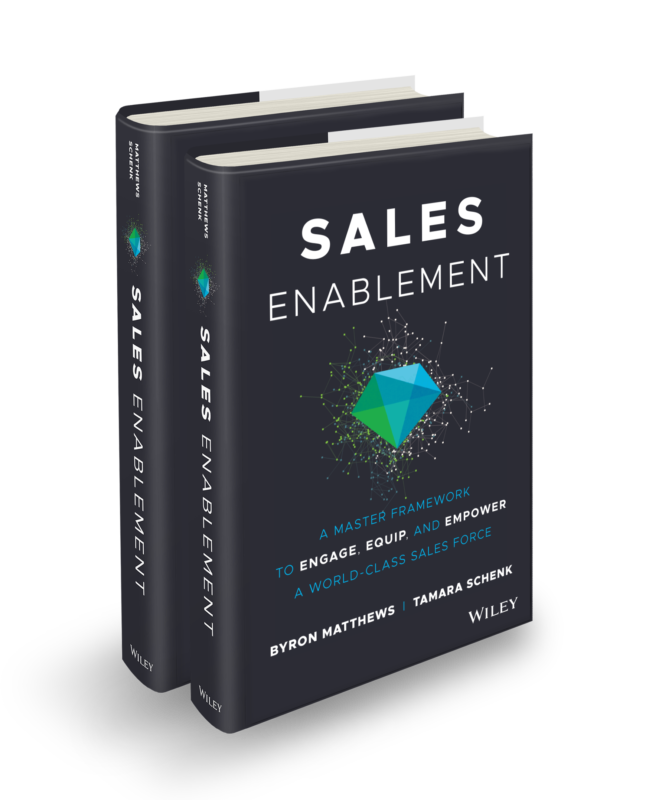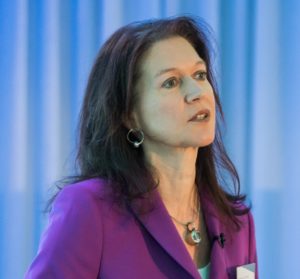Note: This is a blog takeover by Tamara Schenk, research director at CSO Insights and sales enablement leader, analyst, speaker and author.
Often when we talk about sales enablement, we hear about aligning functions. But the single most important piece of advice that changes the perspective on how to look at this challenge: Sales, marketing and service must align to the customer’s path.
Of course organizations must define many internal things and align and integrate processes and systems — but how they do this makes all the difference. The following is an overview of how business leaders can achieve better alignment and create healthy collaboration to feed their sales enablement and revenue growth.
Keep the Customer’s Path in Mind
Aligning strategies, processes and systems should always be done with the customer’s path in mind, from the outside to the inside. Whatever organizations do internally, they have to design and set up relevant, valuable and differentiating interactions with prospects and clients at each phase of the customer’s path.
Only then can all customer-facing roles create an outstanding customer experience in every phase of the customer’s path, which then leads to the sustainable sales results every organization wants to achieve.
Measure Functions by Revenue Contributions
The biggest challenge with collaboration, especially from a research perspective, is how to measure it. We have to better understand how collaboration relates to enablement effectiveness. And collaboration is a prerequisite for enablement success and therefore is a prerequisite for sales productivity and performance, including revenue performance.
Let’s just take the sales and marketing aspect of it. One key prerequisite is to measure both functions by their revenue contribution instead of measuring activities in marketing and hard numbers in sales. This approach reflects that both teams are working on the same goals, and they can only win together.
Create a Platform of Shared Understanding
Another key ingredient is to create a platform of understanding. Marketing has a different view, rather macro versus micro, but for sales each interaction is with a specific organization, a real person and a specific challenge to be solved. Working through examples together can be eye-opening for both teams to see that, for instance, marketing messages don’t work in sales; they have to be evolved into sales messages. Looking at the challenge from the outside-in, from the buyer’s perspective, makes all the difference. It’s not about being right, it’s about being effective.
Build a Formalized Collaboration Model
A formalized collaboration model defines who is accountable and responsible for each enablement service type, and who has to be consulted and informed. For example, case studies are in marketing’s responsibility, playbooks are in enablement responsibility, and product training and battle cards are most likely in product management’s responsibility, making enablement accountable for all these services. You get the idea, how to define such a collaboration model in your organization’s context.
Only if such a formal collaboration model is established and implemented, ideally connected to a process, enablement teams will actually be able to scale their efforts. Especially in fast growing organizations, scalability is getting more and more important. Those organizations show up to 6.9% better quota attainment results — so getting collaboration right pays off.
If you are interested in learning more, look to the latest book Sales Enablement: A Master Framework to Engage, Equip and Empower A World-Class Sales Force authored by myself and Byron Matthews of Miller Heiman Group.


